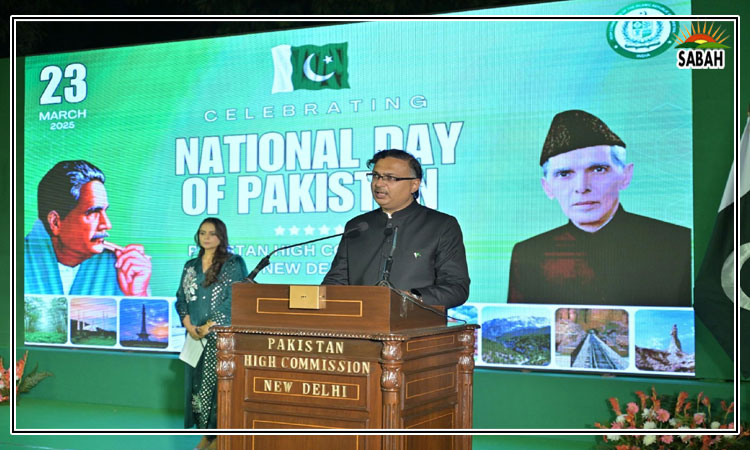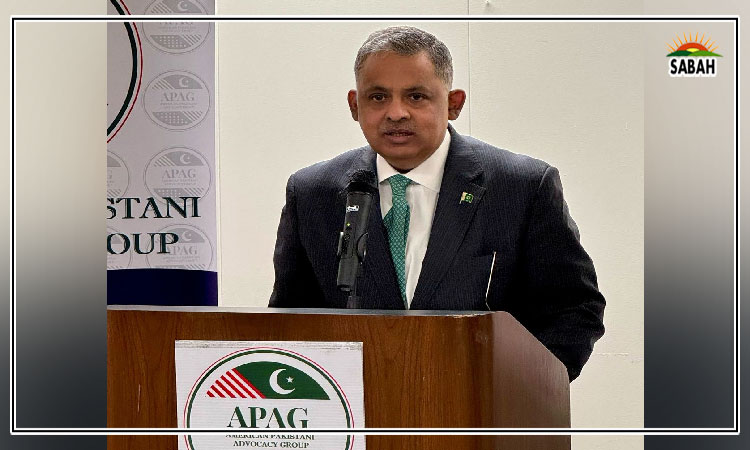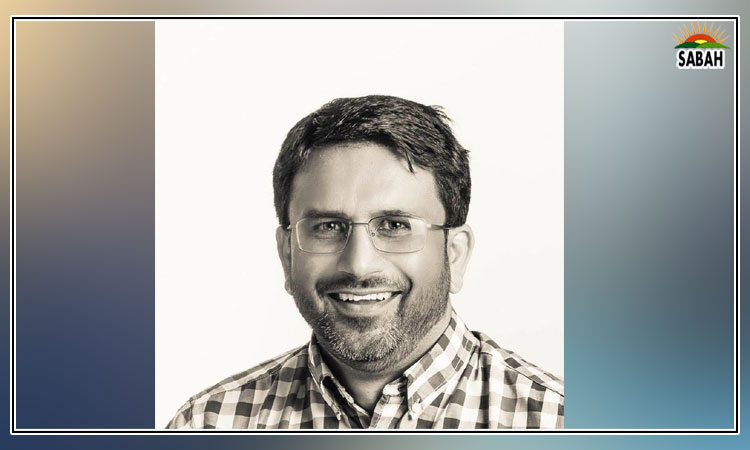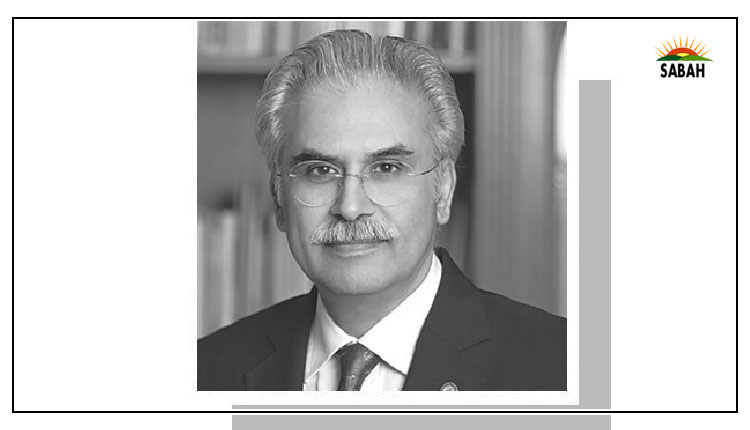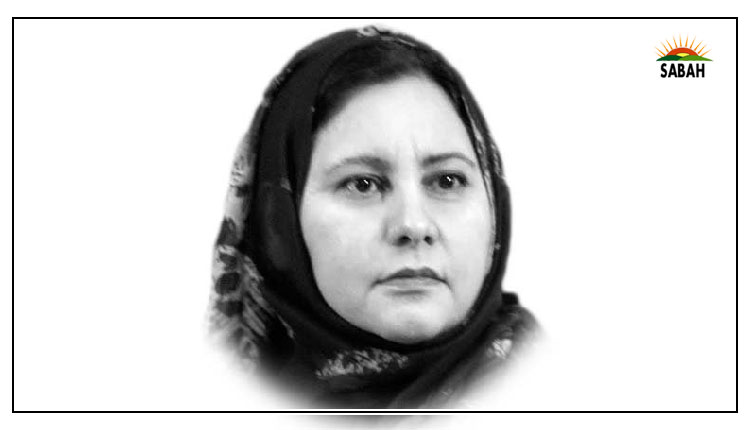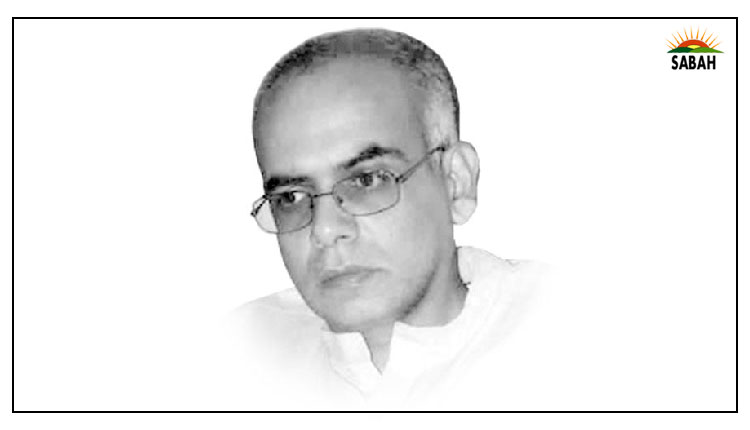The vagaries of Pakistan ideology …Durdana Najam
Pakistan is sliding very fast into the abyss of ignorance and delusion. We are fast losing intellectuals. That must be a wrong assumption, I believe. The right way to put it would be that we have stopped producing intellectuals. Look at anything, and mediocrity is written over it.
The problem is that people have stopped thinking. The bigger problem is that most people have stopped even realising that “thinking” as a matter of intellectual activity is fast eroding. Like a body part that stops receiving blood supply becomes numb, the end of realisation makes the mind mechanical — a zombie. What could be the cause of this frozen, stranded mentality?
Many would blame the education system or the absence of an education system in many parts of the country. But the education landscape is after all not that barren. The private education centres, the sprawls of academies dotting every nook of a neighbourhood, and public schools also educate children. Many philanthropists have opened their windows of education to do their part in the community’s welfare and bring education to the less privileged. Not to mention the Danish school and the PML-N obsession with making everything big. Pakistan’s curriculum menu is much more diverse. Cambridge, Oxford, Pakistani flavoured books and the madrassa syllabus are there.
We did try to introduce a unified curriculum, but it did not succeed. It failed like all our efforts to unify the country under one ideology — the so-called Pakistan ideology. That brings us up to another question: What caused the Pakistan ideology to fail?
For an ideology to succeed, it should be focused and based on real history. Unfortunately, our experiment with ideology made it a scramble of many ingredients. Why would I call it an experiment? Because, unlike a natural process, we tried to build an ideology from a manufactured history and forced relations.
How is it that the Mughals, the Ghoris, the Ghaznavis, or, for that matter, the Khiljis became our forefathers but not Ashoka or Alexander? The twist continues. We were told Muhammad bin Qasim was our hero because he freed Sindh from the clutches of nonbelievers.
The problem was not that we made the chosen Muslim invaders larger than life. The actual problem was that we presented them as Hindu haters. We portrayed them as saviours of Islam. Whereas they were all warriors and had come to the sub-continent for different expeditions. They shed enormous blood. Killed an untold number of people. Even the Mughals, whom we adore as some saviour, would set aside Islam for political expediency.
When a Muslim invader would win over a state, it was but natural to bring in Islam. However, we twisted it and showed it as if the invasion was purposefully arranged to take out Hindus from the sub-continent.
For the initial 25 years, we fed the nation on this false legacy. Later, we shifted gears to bring more Islam to the Pakistan ideology. This time round, we looked at the Middle East. It had to be a pair — an enemy and a friend. Israel provided the space for the former while we aligned ourselves with Saudi Arabia as friends.
The Bhutto started the journey to the Arab wonderland, which was taken to its abnormal height by Ziaul Haq. Concurrently, though, we had found another Islamic patch to weave into our ideological percept — the Afghans. By the time the Afghan-Soviet war had begun, Pakistan had been turned into a symbolic fortress of Islam. The people were told that any race, any ideology, any individual would return dismissive lest it tried to mess with either Islam or Pakistan. While the establishment and their friends in the intelligence agencies made hey from the petro-dollar windfall, the country was allowed to succumb to drug and human trafficking. While the women anchor on Pakistan television were not allowed to read newspapers without their heads covered, the cinemas showed obscene Punjabi and Pushto films. The heroes we built post-70s were hardcore criminals, and the heroines were dancers at best. Cinema was no longer a genre of art and culture. It had become a medium to infest violence in society. By the time Ziaul Haq died, Pakistan had three enemies: India, aka Hindus; Israel, aka Jews; and the US, aka an imperialist force.
All these imaginary enemies and the build-up of our defence capabilities, coupled with all the wars we originated with India, made Pakistan into a security or a garrison state, making the existence of a large army an absolute necessity. Consequently, the only development Pakistan needed was in the area of defence. We built an atomic bomb. We built ballistic missiles. We built a cruise missile. We built submarines. We built tanks. We built an army of proxies in seminaries. Hence, all the development funds were removed from education, health, sports, art and culture to defence because some Hindus, some Jews and some US citizens were out there to harm our Middle-Eastern-cum-Afghan-cum Mughal Islamic identity.
Unfortunately, this practice continues even though the security state delusion and ‘Islam in danger’ ignorance have turned this country into a moth-eaten economy.
The problem is not that we have stopped thinking. The problem is that we have stopped realising that we have stopped thinking.
Published in The Express Tribune, April 18th, 2024.




